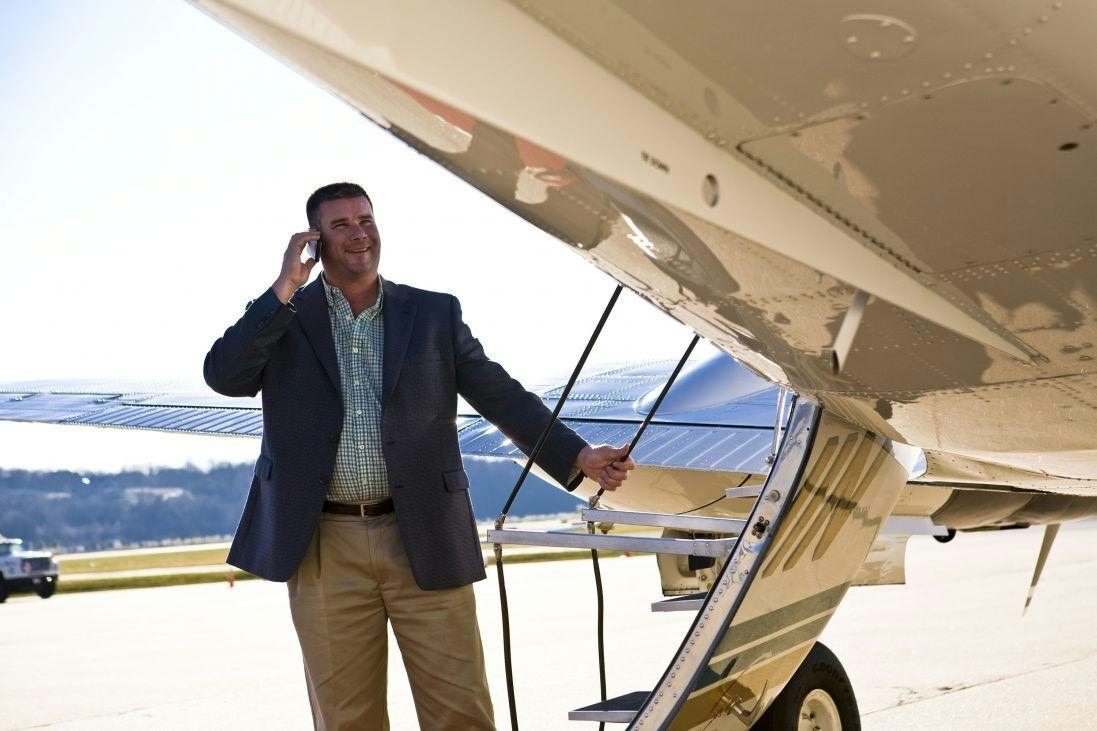
AeroGenie — Seu copiloto inteligente.
Tendências
Categories
Airbus Projects Asia-Pacific Will Need Nearly 20,000 New Planes Over 20 Years
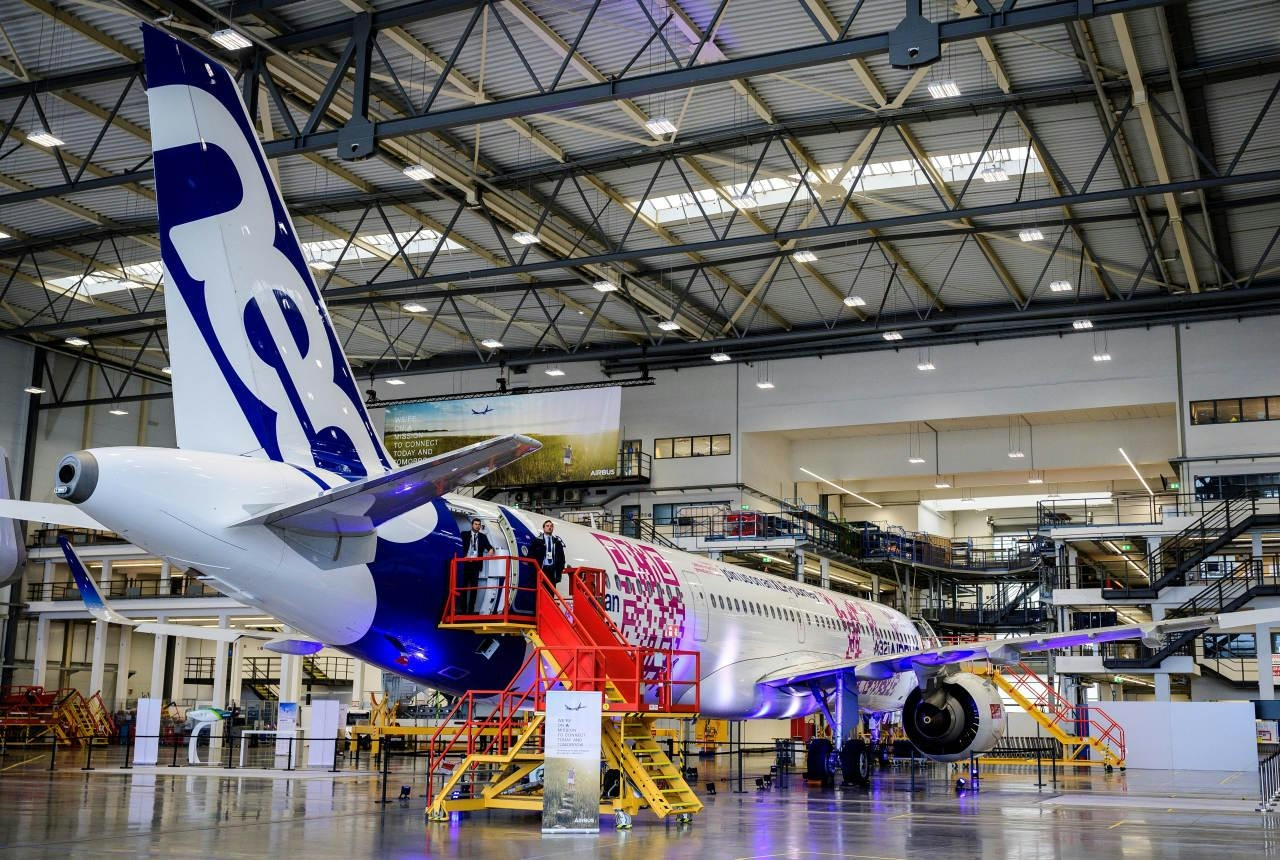
Airbus Projects Asia-Pacific Will Require Nearly 20,000 New Aircraft Over Two Decades
Airbus has projected that the Asia-Pacific region will need approximately 19,560 new aircraft over the next 20 years, driven primarily by robust demand from India and China. This forecast, unveiled at the Association of Asia-Pacific Airlines’ (AAPA) Annual Assembly of Presidents in Bangkok, indicates that the region will represent 46% of the global requirement for 42,520 new planes by 2043.
Growth Drivers and Market Composition
Anand Stanley, President of Airbus Asia Pacific, emphasized that the surge in passenger traffic is a key factor behind this expansion. The region is expected to experience an annual passenger growth rate of 4.4%, surpassing the global average of 3.6%. India and China, two of the fastest-growing aviation markets worldwide, are leading this trend as their airlines expand fleets to accommodate increasing travel demand.
Of the anticipated deliveries, around 16,100 will be single-aisle aircraft, including models from the Airbus A320 family, accounting for 47% of global single-aisle deliveries. Additionally, the region is forecasted to require about 3,500 wide-body aircraft, representing 43% of the worldwide demand for larger planes.
Airbus highlighted that nearly 68% of these new aircraft will be allocated for fleet expansion, while the remaining 32% will replace older models. This replacement strategy aligns with broader efforts to decarbonize aviation, as Airbus’s next-generation wide-body jets promise a 25% improvement in fuel efficiency alongside a significant reduction in carbon emissions.
Competitive Landscape and Market Challenges
Despite Airbus’s optimistic outlook, the company faces mounting competition in the Asia-Pacific market, particularly from China’s domestically produced C919 jet. Designed to compete with the Airbus A320 and Boeing 737 in the single-aisle segment, the C919’s development has been complicated by ongoing US-China trade tensions, which may affect its delivery timeline and market penetration. In response, Airbus has increased production of its A320 jets within China to better meet local demand and maintain its market position.
Demand for freighter aircraft is also expected to rise substantially, with Airbus forecasting a 45% growth in the global freighter fleet by 2040. This increase is largely attributed to long-term trade expansion, especially between North America and the Asia-Pacific region.
Stanley described the Asia-Pacific aviation sector as entering “an exciting phase of growth,” driven not only by rising passenger numbers but also by network expansion, the proliferation of low-cost carriers, and ongoing infrastructure development. As the market continues to evolve, Airbus and its competitors are strategically positioning themselves to capture a significant share of this dynamic and rapidly growing aviation landscape, while navigating challenges posed by emerging rivals and shifting geopolitical factors.

FAA Extends Engine Pylon Airworthiness Directive to DC-10

Why United Airlines Continues to Use the Boeing 777-300ER in 2025

Dubai Airshow 2025: Key Aircraft and Conference Highlights
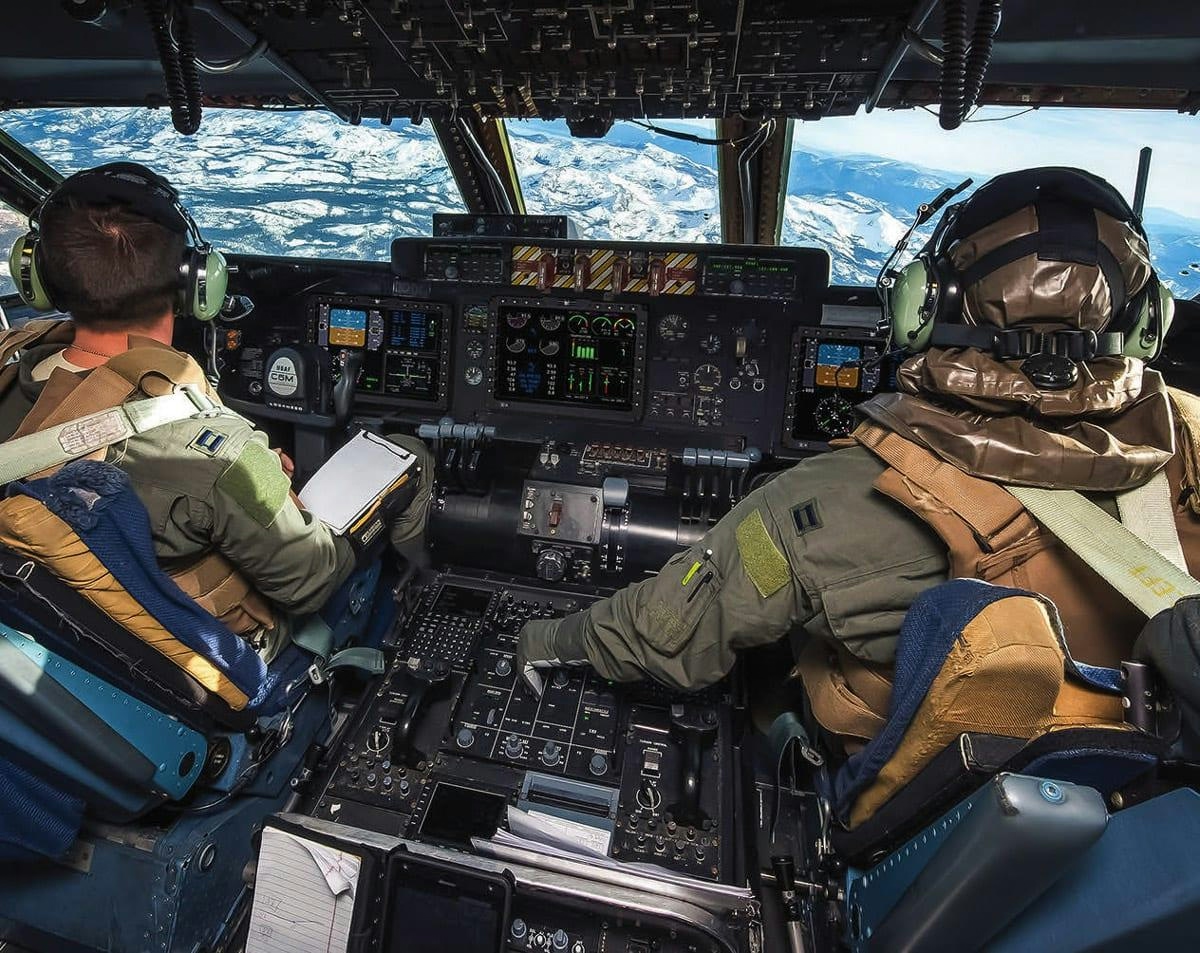
Defense Aviation Adopts Commercial Innovations
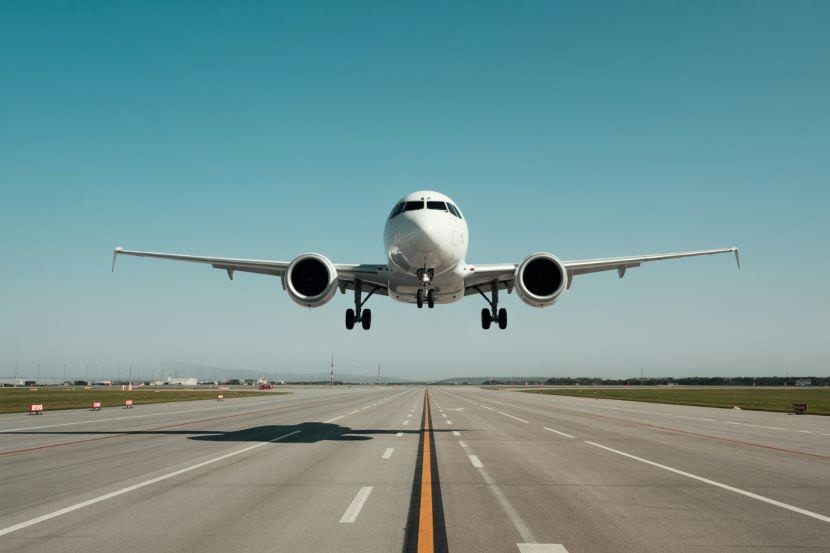
MedAire’s Alert Platform Enhances SolitAir’s Role in Aviation Security Innovation

India Faces Shortage of 30,000 Pilots Amid Growing Fleet, Aviation Minister Calls for Urgent Training
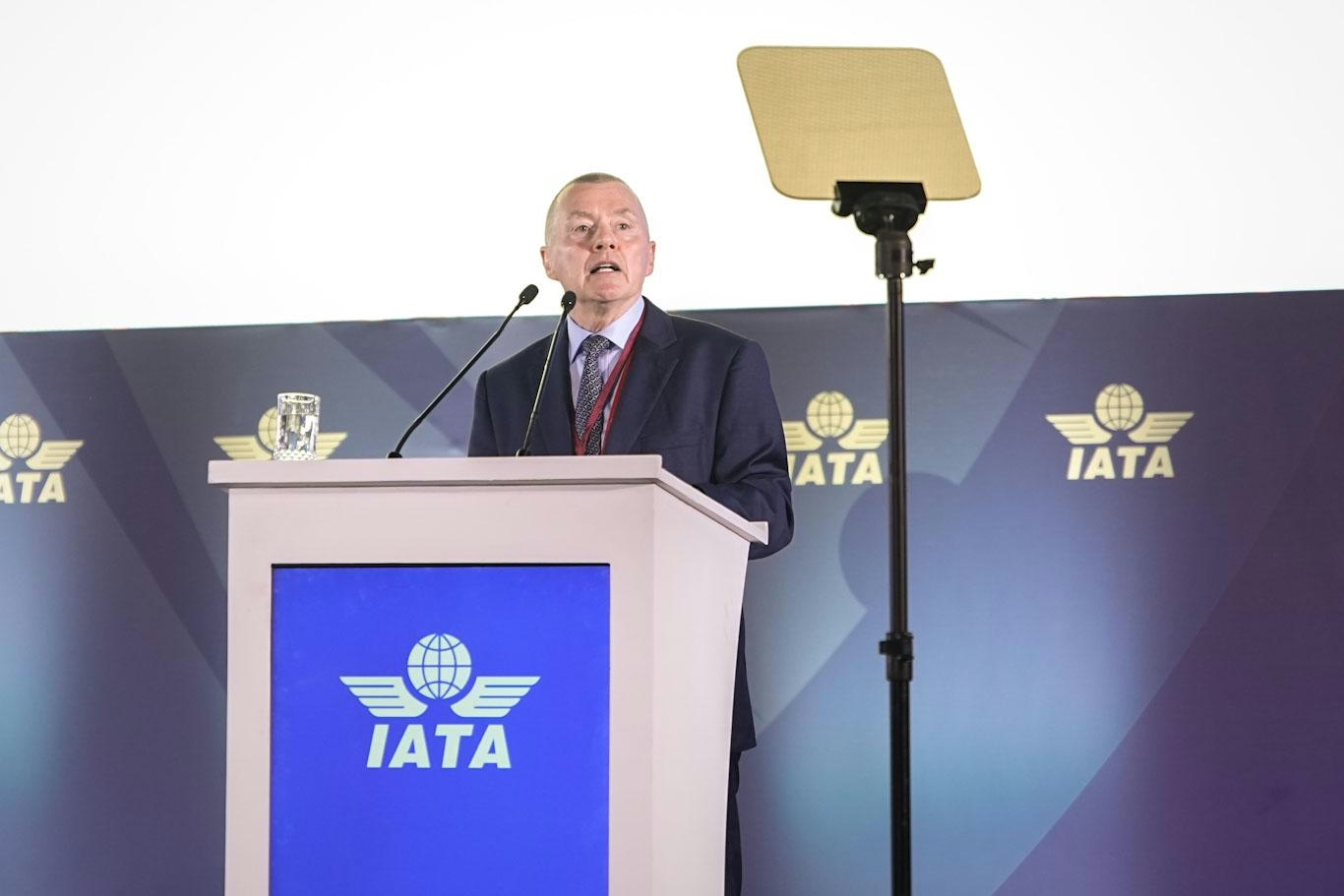
IATA Chief Calls for Fair Compensation for Airlines Amid Supply Chain Challenges
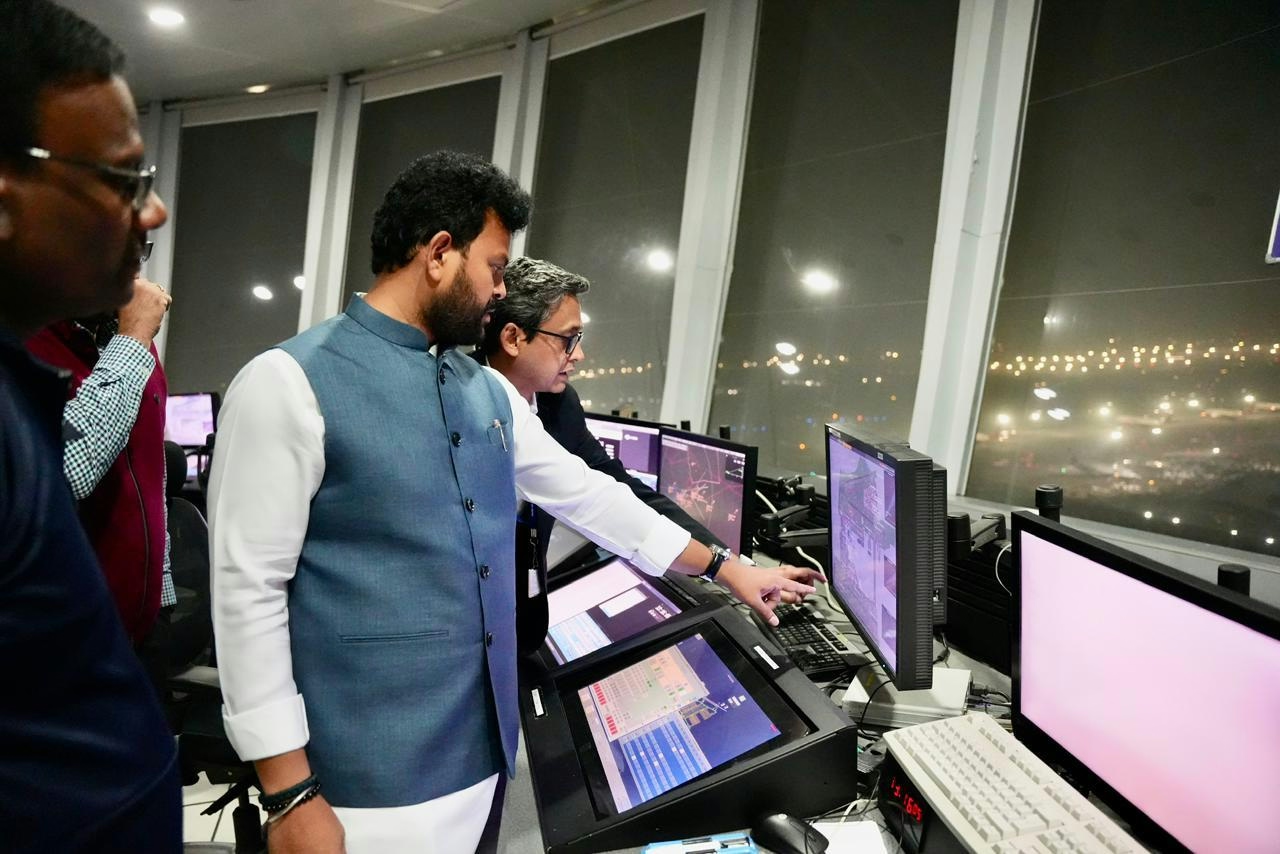
AAI Unveils Pavilion Highlighting India’s Aviation Advances at IITF 2025
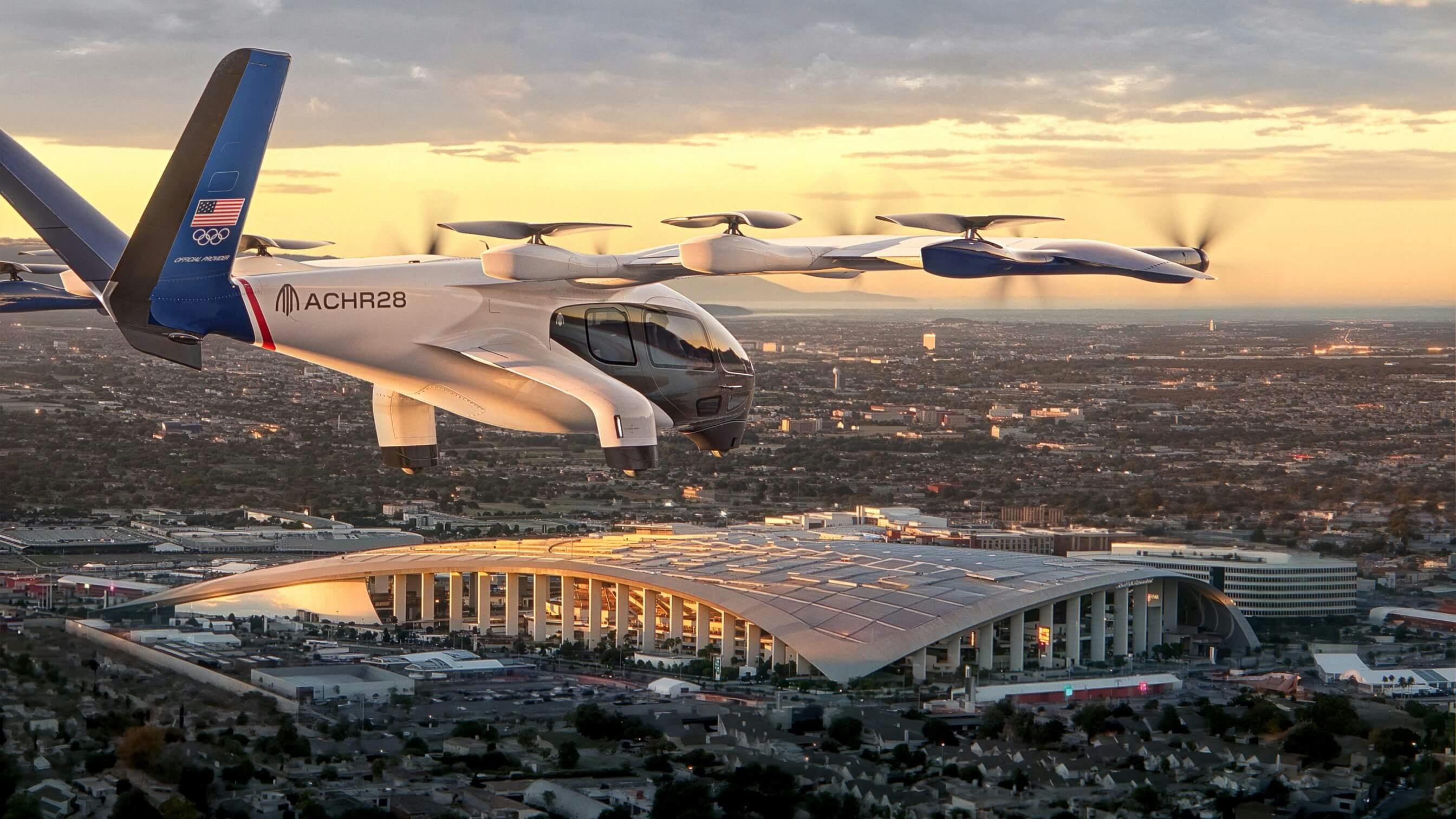
Archer Midnight Air Taxi Launches Silent City-to-Airport Flights in 2026
